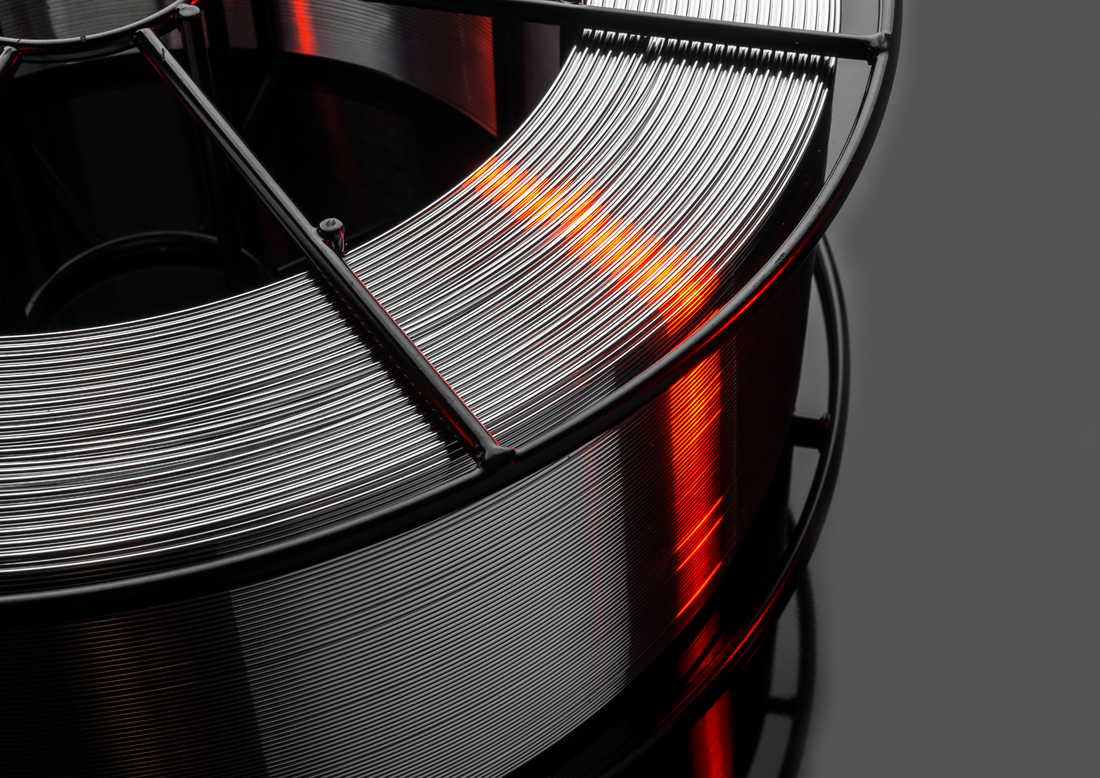Section 1: The Rise of Specialty Welding Wire
Due to the increasing demand for quality, efficiency and safety in various industries, more and more people are using special welding wires.
Special wire is a wire designed for a specific application, with higher strength and higher corrosion resistance than ordinary wire. The use of special wire includes, but is not limited to, welding in high stress environments, high temperature environments and highly corrosive environments. Examples include aluminum wire with a low melting point for welding aluminum alloys and stainless steel wire with excellent corrosion resistance and mechanical properties for welding stainless steel.
In general, the use of special wire tends to reduce the risk of welding work and greatly improves efficiency.
Section 2: Advancements in welding wire technology
With the continuous development of welding wire technology, new types of wires such as low spatter wire and self-protecting flux cored wire have been born. These wires have improved welding quality and increased welding efficiency. For example, the use of low-spatter wire and self-protecting flux-cored wire reduces the need for post-weld cleaning and eliminates the need for external shielding gas, respectively.
Overall, advancements in welding wire technology have had a significant impact on the welding industry, improving the quality of welds and increasing the efficiency of welding processes. The automotive, aerospace, shipbuilding, construction, and manufacturing industries have all benefited from these advancements, allowing for more cost-effective and reliable welding processes.
Section 3: Eco-friendly welding wire
Data analytics has become an essential tool for optimizing welding processes and monitoring weld quality. With the help of digitalization, welding data can be collected, analyzed, and used to improve the welding process and reduce the risk of weld defects.
One example of how data analytics is being used in welding is the monitoring of welding parameters such as voltage, current, and wire feed speed. By collecting this data and analyzing it, welders can optimize the welding process to improve quality and productivity. For instance, if a welder finds that a particular voltage and wire feed speed combination produces a more consistent and stronger weld, they can adjust the settings accordingly.
Another way digitalization has improved welding efficiency is through real-time monitoring. Sensors can be used to collect data on weld quality and notify welders of any issues in real-time. For instance, if the sensor detects a deviation from the expected weld quality, the welder can make adjustments immediately before the defect becomes a significant issue.
Furthermore, digitalization has made it easier to detect and prevent defects in welding. Machine learning algorithms can analyze welding data to detect patterns that indicate potential defects. By identifying these patterns, welders can take corrective actions to prevent the defects from occurring in the future.
In the future, the potential impact of digitalization on the welding industry is vast. For example, robots and autonomous welding systems equipped with sensors and machine learning algorithms could provide more accurate and efficient welding than human welders. This automation could lead to significant productivity gains and reduced costs.

Conclusion:
This blog post describes the rising demand for specialty wire, discusses two advances in wire technology - low-spatter wire and self-shielded flux-cored wire - and their benefits in improving weld quality and increasing welding process efficiency, highlights trends in wire digitization and the implications for the present and future. We hope that the development of welding wire technology will bring more possibilities for our work


